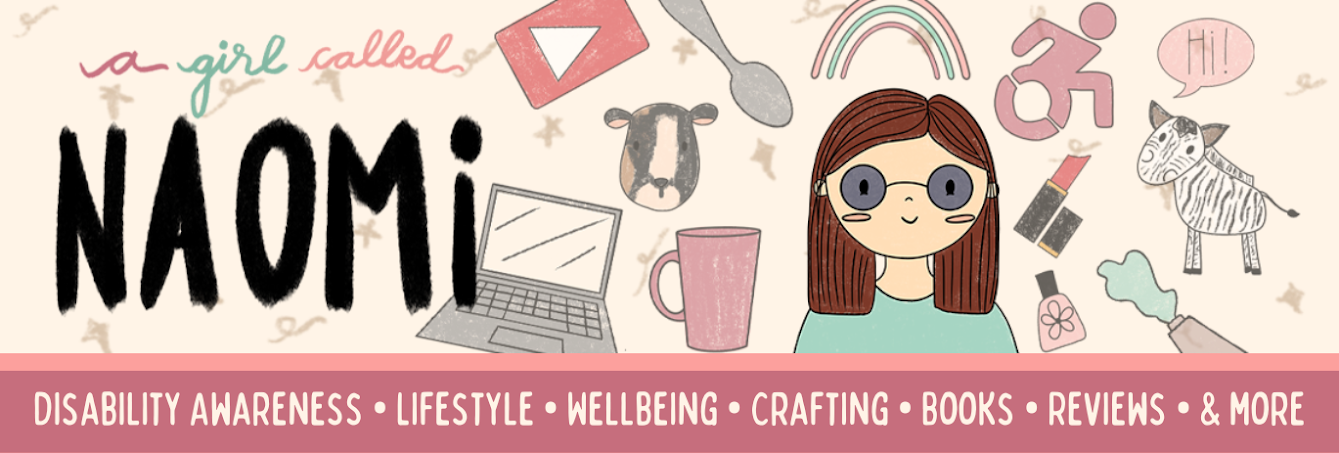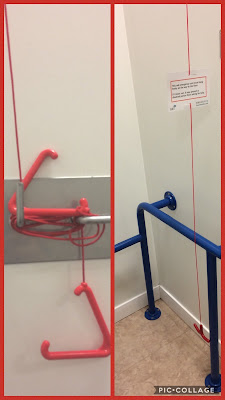
Having friends and good people in your life help me so much. Because of my health I'm pretty isolated at home but talking to a friend via text or WhatApp or getting a letter in the post really gives me a positivity boost. Having friends and good people in my life reminds me that I'm not alone.
Also having people in my life that can also relate to having health struggles whether that be with physical health problems or mental health difficulties really helps as I know that we can relate to each other on how difficult it is to have those extra challenges in our life and together we can share the highs and the lows. Also when I'm talking to a friend who also has health problems I know that they 'get it' and can relate and understand. As well as talking about illness we talk about life and 'normal' stuff too like crafting, our pets, projects we're working on, online courses we're doing etc.
Even if I'm talking to a friend about something negative it's like that saying 'a problem shared is a problem halved'. Knowing that I can share my problems with some of my friends is such a positive thing to know that they're there for me and equally that I am there for them and together we can share the highs and the lows. And also when I'm talking to a friend who also has health problems I know that they 'get it' and can relate and understand.
Also the vast majority of the people and friends that are in my life now have come out of me being ill. Yes I have had people who have walked out on me but the people and friends that I have in my life now I know are the people that are quinine and do care about me and that we are there for each other. These people I've met through pen pal groups, social media and through my blog/YouTube and in hospital and all of those things I wouldn't have started doing if it wasn't for me becoming ill.
The people I have in my life now I know are my genuinely true friends and it's more about quality than quantity and I now feel that I'm in a healthy place with regards to the people and friends that I have in my life.






